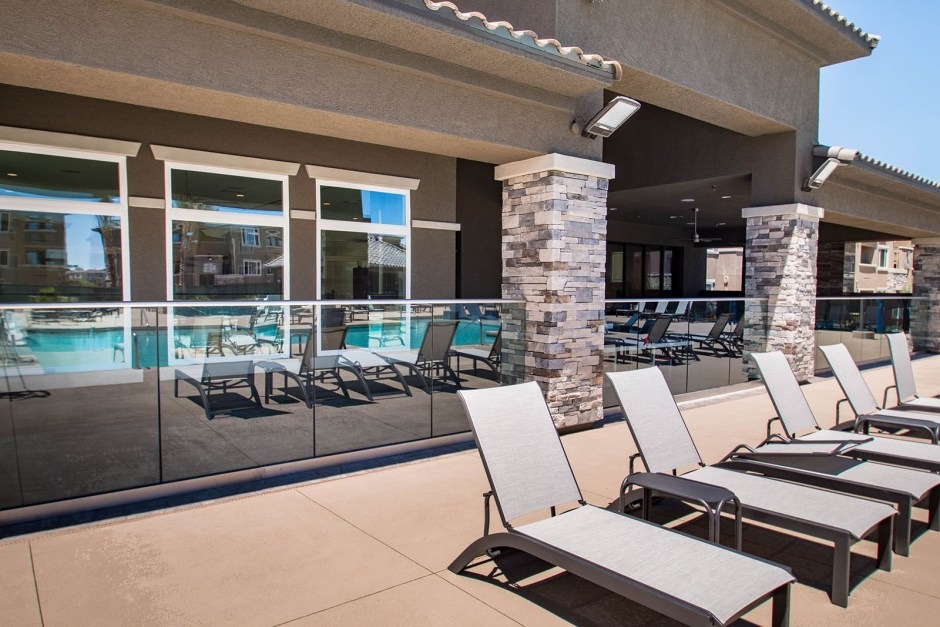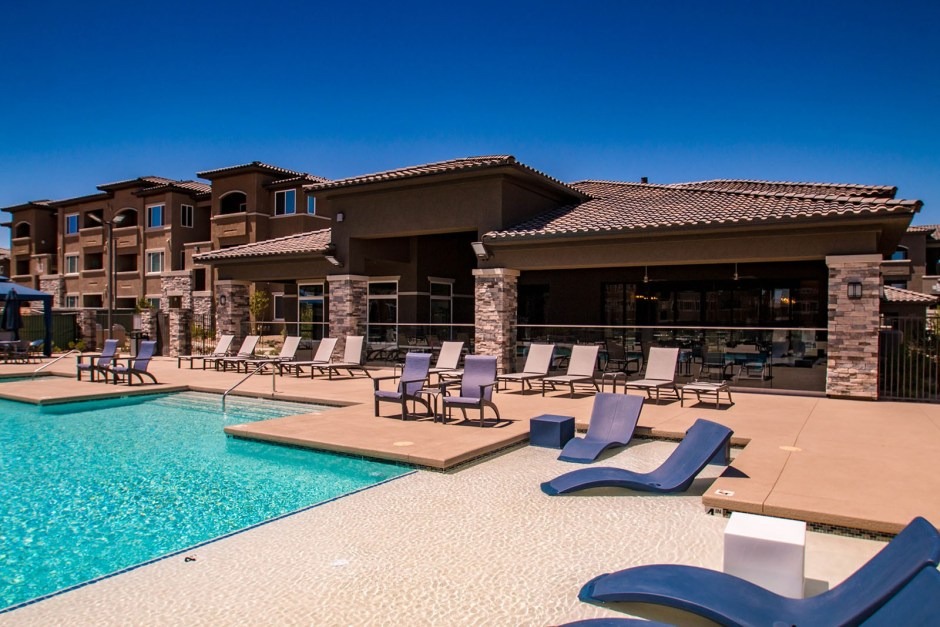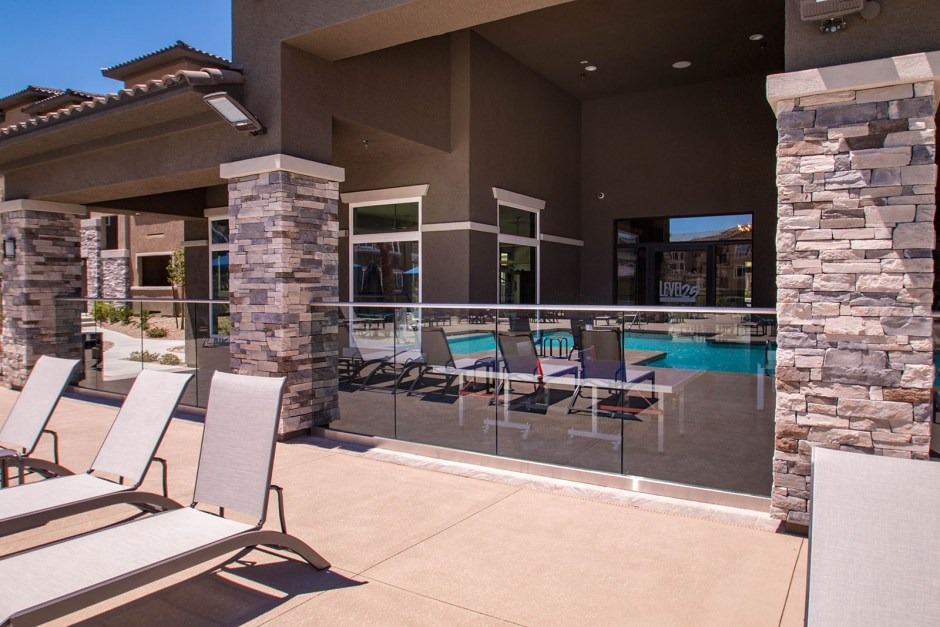21st Century building codes require much higher safety measures when it comes to the type of glass used in the building of a commercial building. Current building standards and code demand safety glazing in doors, walking floors, toilet bathtub & bathtub enclosures, terrace furniture, sidelites, as well as other applications in high-traffic areas where there is a chance of harm to a person in case of an accident.
Tempered glass raises the power of the glass about 4 times; nevertheless, the process makes the glass delicate and might writhe its place. The procedure contains warming the glass to about 1400 degrees, then cooling (quenching) it to 200 ranges within 2 minutes. As a result of this, all production should be done prior to the glass being tempered.
Security Glass is usually 2 pieces of glass by means of a plastic internal coating. The most frequent use with this glass is the windows of the automobile. The glass is going to keep the traveler inside the car, once the windows is broken. Another typical use is actually in shops to protect against thievery.
The inside coating is .030 heavy, supplying an extraordinary UV display that might reduce attenuation in cushioned products and carpets. Sound reduction characteristics are also offered by this kind of glass. The main constraint of safety glass, nevertheless, is power. It may break with only 1/8th of the stress needed to separate tempered glass.
Why Tempered Glass is Safety Glass
Tempered glass is used in applications where standard glass could pose a potential danger, because it is four to five times stronger than standard glass and does not shatter into large shards when broken. Manufactured through a process of extreme heating and rapid cooling, tempered glass is significantly harder than normal glass.
The brittle nature of tempered glass causes it to shatter into small oval-shaped pebbles when broken. This eliminates the danger of sharp edges. Due to this property — along with its strength — tempered glass is often referred to as “safety glass.” Safety Glass, or Tempered Glass is the standard when it comes to commercial businesses.
The thermal process that cures tempered glass also makes it heat-resistant. Tempered glass can be used in any situation where there is a danger of the glass breaking due to impact or extreme heat.
Here at A Cutting Edge Glass and Mirror, we have the capability of tempering glass in many thicknesses and sizes, thanks to our state-of-the-art fabrication facilities and tempering furnace, giving us the flexibility and speed that our customers have come to expect at factory-direct pricing. We’re Las Vegas, Nevada’s one-stop-shop for professional glass services at an affordable, factory direct price.
Tempered Glass
- Stronger Tempered glass is 5-8x as impact resistant as ordinary glass, with bending strength 4-5x as powerful. Tempered glass can stand higher static pressure loads than regular glass.
- Thermally Stable (Less Heat Sensitive): Thermal stability is the property that allows glass to resist temperature differences. It is measured by the temperature difference that would cause the glass to crack. The thermal stability of tempered glass is 1.5-2x better than annealed (regular) glass. This means that while annealed glass would crack at 100 degrees Celsius, tempered glass can withstand temperatures of up to 320 degrees Celsius before cracking. It’s this quality that makes tempered glass perfect for the outdoor heat.
- Safer Tempered glass has many applications because of its safety characteristics. The safety of tempered glass comes from strength and its unique fracture pattern. When tempered glass breaks, it breaks into small, relatively harmless blunt glass fragments. This is called “dicing,” and reduces the likelihood of injury since there are no dangerous jagged edges or sharp shards.
Annealed Glass
Annealed Glass is NOT Safety Glass. Annealed glass is hardened glass, but it lacks the safety features of tempered glass. Should annealed glass suffer breakage, it will break into completely separated small pieces. Annealed glass is ideal as a protective covering on existing furniture, and for indoor use.
Laminated Glass (Safety Glass)
Laminated glass takes the idea of safety glass to the next level. Where tempered glass in the event of breakage, breaks into dull pieces, you still have pieces of glass to deal with. The idea behind Laminated glass is, in the extreme event of breakage, those pieces of glass stay in place. Laminated glass is also called safety glass, it’s a commercial building standard and reduces the chance of injury from breakage.
Laminated glass is created by adhering two pieces of tempered glass together by a vinyl layer. This layer will continue to hold the glass together even in the event of objects passing through or striking the glass.
Laminated glass is often used in automobile (windshield) glass, but those same safety standards used on the road, can be implemented in one’s home for added safety. Have small children or pets at home? A glass table top made from laminated glass for example, will be a clear choice to avoid flying glass in the event of breakage. It is also used in a wide variety of instances such as skylights, public art exhibits, machinery, store fronts, and balconies.
By default, Laminated Glass comes 1/4″ thick, due to its greater strength at that thickness. Laminated Glass comes in both clear glass and white glass, with seamed or flat-polished edges. Order your custom-cut laminated glass online today.




